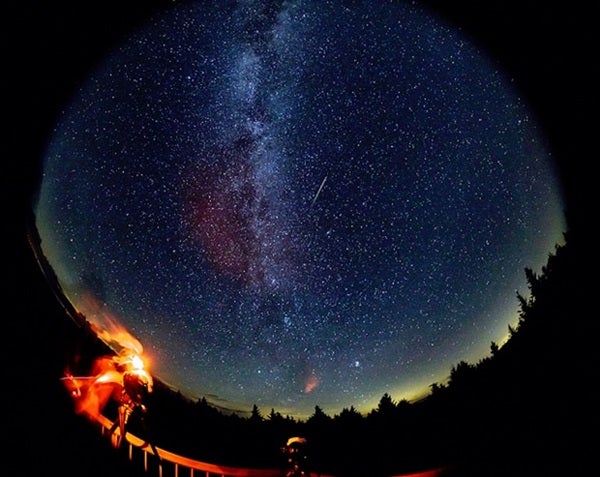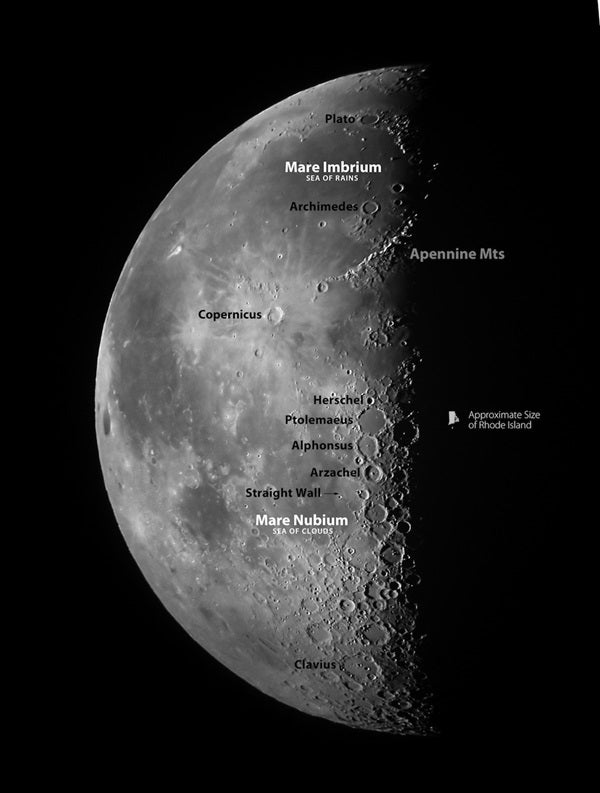Full Moon officially arrives at 1:23 a.m. EDT tomorrow morning (10:23 p.m. PDT this evening). You can find it rising in the east around sunset and peaking high in the south just before 1 a.m. local daylight time. It dips low in the west by the time morning twilight starts to paint the sky. The Moon lies on the border between the constellations Aries and Cetus.
Saturday, November 4
Venus rises shortly after 6 a.m. local daylight time and dominates the morning sky from then until close to sunrise. Gleaming at magnitude –3.9, no other point of light comes close to matching this planet’s brilliance. As a bonus, Venus appears 4° to the left of 1st-magnitude Spica this morning. The planet shines 100 times brighter than Virgo’s brightest star, and both fit comfortably within a single binocular field of view.
Sunday, November 5
For those areas of the United States and Canada that observe daylight saving time, set your clocks back one hour this morning. The official switch occurs at 2 a.m. local daylight time, which becomes 1 a.m. local standard time. The switch means sunrise and sunset both arrive an hour earlier today than they did yesterday. So, at least by clock time, the latest sunrise of the year occurred yesterday morning.
Observers in eastern and central North America are in for a surprise shortly after the Moon rises. Although the waning gibbous Moon lies among the background stars of Taurus the Bull, that constellation’s brightest star will be absent because Luna is blocking 1st-magnitude Aldebaran from view. Observers should target the Moon’s dark limb through their telescopes and try to view the star when it suddenly reappears.
The Moon reaches perigee, the closest point in its orbit around Earth, at 7:10 p.m. EST. It then lies 224,587 miles (361,438 kilometers) away from us.
The days of viewing Saturn in the evening sky are dwindling rapidly. You can find the ringed world nearly 15° high in the southwest an hour after sunset. The planet shines at magnitude 0.5, some four times brighter than any of the background stars in its host constellation, Ophiuchus the Serpent-bearer. Of course, the best views of Saturn come through a telescope, which reveals a 15″-diameter globe surrounded by a spectacular ring system that spans 35″ and tilts 27° to our line of sight.
Tuesday, November 7
The variable star Algol in Perseus reaches minimum brightness around 10:56 p.m. EST, when it shines at magnitude 3.4. If you start tracking it this evening, you can watch it more than triple in brightness (to magnitude 2.1) by dawn. This eclipsing binary star runs through a cycle from minimum to maximum and back every 2.87 days. Algol remains visible all night, passing nearly overhead around midnight local time.
Wednesday, November 8
As if the earlier sunsets this week don’t put you in mind of winter, the midevening appearance of the season’s most conspicuous constellation surely will. Orion the Hunter rises in the eastern sky around 9 p.m. local time and appears halfway to the zenith in the southeast by midnight. Look for three 2nd-magnitude stars in a line that form the Hunter’s belt. The constellation’s brightest stars are ruddy Betelgeuse and blue-white Rigel.
Thursday, November 9
Mars stands out in the eastern sky before dawn this week. The magnitude 1.8 Red Planet rises three hours before the Sun and appears 15° high as twilight starts to paint the sky. It resides among the background stars of Virgo, and this morning it passes 1.8° south of 3rd-magnitude Gamma (γ) Virginis. Unfortunately, the view through a telescope proves disappointing — Mars spans just 4″ and shows no detail.
Last Quarter Moon arrives at 3:36 p.m. EST. It rises in the eastern sky around 11:30 p.m. local time and reaches its peak in the south around sunrise tomorrow morning, by which time it appears slightly less than half-lit. Throughout this period, our satellite resides among the background stars of western Leo the Lion.
Saturday, November 11
Although Jupiter passed on the far side of the Sun from our perspective in late October, it already is climbing into view before dawn. To find it, head outside about a half-hour before sunrise and locate dazzling Venus. This morning, Jupiter appears 1° directly below its sibling. The gas giant planet shines some two magnitudes fainter than Venus but still stands out through binoculars against the bright twilight. Two mornings from now, these planets pass within 0.3° of each other in the finest planetary conjunction of 2017.
Sunday, November 12
A lone bright star now hangs low in the south during early evening. First-magnitude Fomalhaut — often called “the Solitary One” — belongs to the constellation Piscis Austrinus the Southern Fish. From mid-northern latitudes, it climbs 20° above the horizon at its best. How solitary is Fomalhaut? The nearest 1st-magnitude star to it, Achernar at the southern end of Eridanus the River, lies some 40° away.












